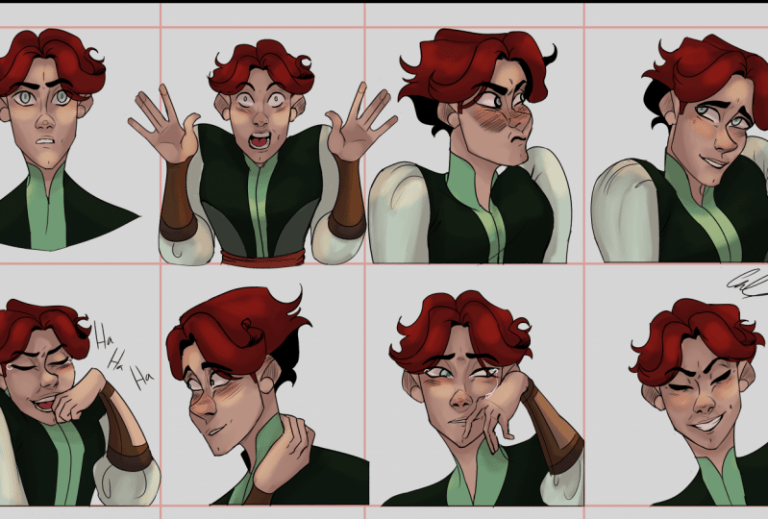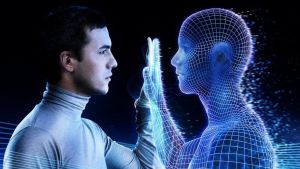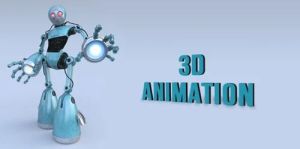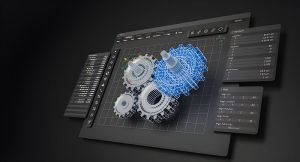Animation—a magical realm where drawings come alive, stories unfold, and emotions dance across the screen. From childhood favorites to modern masterpieces, animated characters have a way of tugging at our heartstrings. But have you ever wondered why? Let’s delve into the psychology behind character animation and explore how it impacts our emotions and behavior.
1. Emotional Responses to Animation
Why do we feel so deeply when watching animated films? It’s more than just pixels and frames—it’s storytelling in its purest form. Here’s how animation evokes emotions:
- Form of Storytelling: Since ancient times, humans have used stories to make sense of the world, share wisdom, and connect with others. Animation takes this tradition to new heights, weaving visuals and sound into a rich tapestry that transports us to distant lands and introduces us to unforgettable characters.
- Techniques That Speak: Animators wield a palette of techniques. Colors and lighting create mood; music and sound effects heighten tension. Characters wear their emotions on their sleeves—facial expressions and body language draw us in, making us laugh, cry, or hold our breath.
2. Nostalgia and Emotional Connection
Remember the classics? The Lion King, Beauty and the Beast, and a host of other timeless animations. These films aren’t just entertainment; they’re emotional time capsules. Revisiting them as adults floods us with memories, like finding an old photo album. This nostalgia shapes our choices—from the movies we watch to the products we buy.
3. Psychological Principles at Play
Beyond emotions, psychology plays a starring role in animation:
- Social Learning Theory: We learn by observing and imitating. Animated characters become our mentors, teaching us social skills, values, and life lessons. Kids, especially, absorb these messages like sponges.
- Cognitive Dissonance: When animation challenges our beliefs or values, we squirm a little. It’s that mental tug-of-war. But it’s also an opportunity for growth.
4. The Art-Science Fusion
Character animation isn’t just art; it’s science too. Here’s how to master it:
- Timing and Spacing: The heartbeat of movement. Understand squash-and-stretch, easing in and out. Consistent timing keeps characters alive.
- Anatomy and Proportions: Study real-life motion. Know how joints flex, muscles ripple. Sketch before you animate.
- Tools and Software: Adobe Animate, Toon Boom Harmony, Blender—pick your weapon. Rigging systems simplify movement.
5. The Journey Ahead
As animators, we’re storytellers, psychologists, and dreamweavers. Each character we breathe life into carries a piece of our soul. So, let’s keep animating—a frame at a time. 🎬✨





